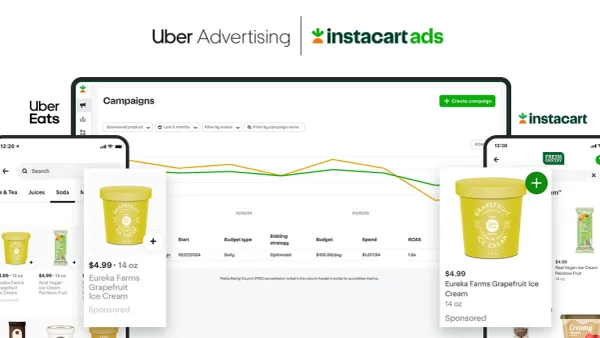In today's world, mobile is being used by practically every consumer and websites need to be optimized for it.
“Having a mobile-friendly website has become a critical part of having an online presence,” according to Google.
In April 2015, Google debuted a new ranking signal on mobile searches that takes into account a page’s “mobile friendliness.” Depending on how legible and usable a page was on mobile devices, it received a boost on mobile search rankings.
With a majority of Americans using smartphones and 94% of U.S. smartphone owners searching for information on their phones, according to Google, the update had a big impact on search marketing.
Following the debut of the year-old mobile-friendly update—commonly referred to as “mobilegeddon” by spooked webpage owners—Google is now rolling out a new update to improve its mobile-friendly algorithm. The goal of the refresh is to increase “the effect of the ranking signal to help our users find even more pages that are relevant and mobile-friendly,” Google said in a March blog post.
The search giant said the the update will happen gradually beginning this month, meaning there won’t be a set date when all pages deemed “un-mobile-friendly” disappear—and it may not have as big of an impact as last year’s mobilegeddon.
Whatever your marketing role—whether you’re a B2B or B2C marketer, whether you’re doing e-commerce or content marketing—the key to a mobile-friendly site is ensuring the user experience is top notch.
“For mobile SEO, all the traditional mobile ranking factors apply—great content, solid links and updated SEO meta, among others,” said John Shehata, VP of SEO at Conde Nast.
Shehata recommends that marketers test each page or template to make sure their sites meet the demands of Google's mobile friendly algorithm. One quick way to check is by using Google’s Mobile Friendly Test, which will analyze a URL to conclude if a page is mobile friendly.
But in addition to traditional mobile ranking factors, Shehata said there are three technical ranking factors that search marketers need to keep top-of-mind as Google rolls out its latest mobile-friendly update to its search algorithm.
1. Configure your site for mobile
Per Google, there are three main ways to configure a website that is capable of handling screens various types and sizes: responsive web design, dynamic serving and separate URLs.
Responsive design is Google’s preferred method of choice, Shehata explained, as it can render the display differently based on the screen size of the device that somebody is using, but the device itself doesn’t matter and the HTML and URL stay the same.
2. Optimize your page speed and performance
“This is a big thing. The slower your page is, it impacts your user experience, it impacts your bounce rate, it impacts your e-commerce … it also impacts rankings and traffic,” Shehata said.
Page speed has been a ranking factor since 2010, and Shehata doesn’t see that changing any time soon. During a talk at ClickZ Live in New York last month, he explained that the impact of even a one-second delay in mobile load time is evident: bounce rates go up 8%, conversion rates slip 3.5% and pageviews drop 9%. Google recommends that all above-the-fold elements render within less than a second.
An easy metric to measure page speed against is Speed Index, Shehata said. This metric shows how quickly a visitor to a page is able to see a page’s content. As Speed Index becomes the standard performance metric, he says, if you are able to improve this, you will be improving your PageSpeed Insights score. Ultimately, the better a site performs on mobile, the better it's score, which is a signal Google looks at.
The most important thing you can do is “optimize as much as you can on the front end because 80-90% of all actions that impact site speed are happening on the front end,” he said.
3. Make sure your site is mobile usable
“Google is a mobile-first company. They design for mobile and then they apply it on desktop and tablet," Shehata said. "So if you take the same approach, all of your pages have to be mobile usable.”
Some aspects against which Google judges a page for its mobile usability includes font size, viewport of a page and how close or spaced apart touch elements (think: URLs) are on the screen. Shehata said that you have to think about where everything goes, designing with an eye toward ease of use.
But remember: Intent is still a strong signal
“The intent of the search query is still a very strong signal—so even if a page with high quality content is not mobile-friendly, it could still rank well if it has great, relevant content,” Google said in its blog post.
Shehata echoed that point. He added that marketers have to keep in mind that mobile search and intent are different much of the time, specifically when it comes to keyword searches. “You have to identify keywords that are money terms for your business, and how they’re performing on mobile and how you’re appearing in ranking for these money terms,” he said.
As speech queries become more popular, pinpointing which keywords are most important for your business is key, he added.
Even as mobile paid search ads rise, organic search is still very effective, commanding 73% more clicks than paid listings, according to a study by Mediative. For marketers, it’s clear that incorporating mobile into your SEO is invaluable—especially if you want increasingly mobile-using consumers to find you.






















